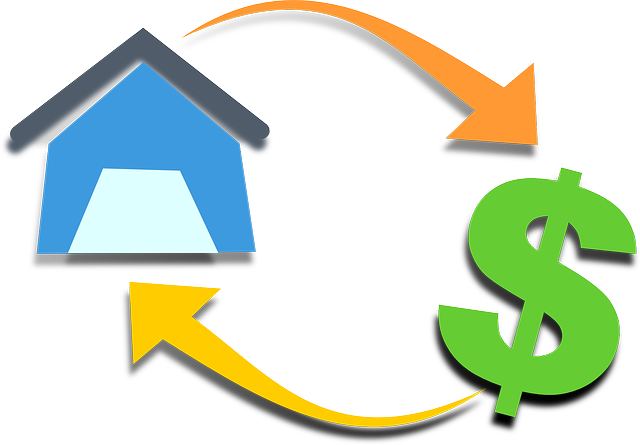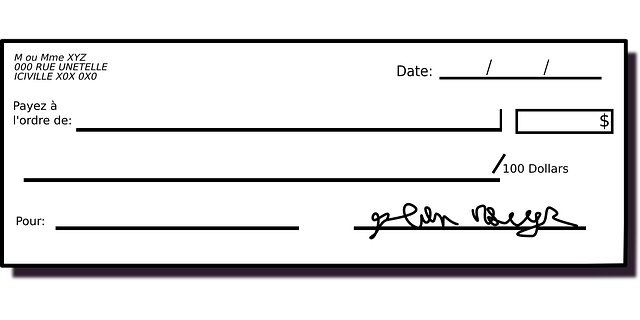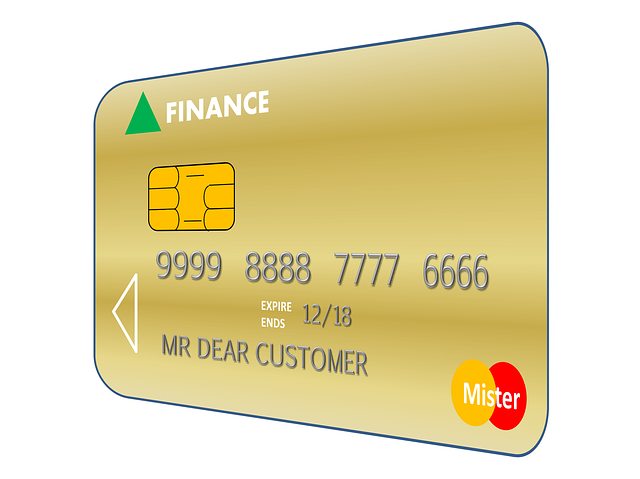Debt consolidation in South Africa simplifies managing multiple debts by combining them into a single loan with lower interest rates, reducing overall costs and improving financial control. To streamline this process, assess and categorise existing debts, explore consolidation options like loans or low-interest credit cards from reputable providers registered under the National Credit Act, and manage the consolidated debt through realistic budgeting and timely repayments to minimise interest costs and achieve debt elimination for improved financial stability and credit scores.
In the face of mounting debt, South Africans often seek solutions to simplify their financial obligations. The consolidation of debt offers a strategic approach to managing multiple debts by combining them into a single loan with potentially lower interest rates and more manageable repayments. This guide aims to demystify the process, providing a clear understanding of debt consolidation and its benefits tailored to South Africa’s financial landscape. By following these steps, individuals can navigate the consolidation journey effectively.
- Understanding Debt Consolidation: What It Means and Benefits for South Africans
- Step-by-Step Guide to Consolidating Debt in South Africa
Understanding Debt Consolidation: What It Means and Benefits for South Africans

Debt consolidation is a strategic financial move that allows individuals with multiple debts to combine them into a single loan with a lower interest rate. In South Africa, where many citizens struggle with various forms of debt, this process offers a potentially life-changing opportunity. By consolidating their debts, South Africans can simplify repayment, reduce overall interest costs, and gain better control over their finances.
The benefits are numerous: it makes financial management more accessible, reduces the risk of defaulting on payments due to overwhelming multiple obligations, and provides a clear path to debt elimination. This is particularly relevant in the South African context where high interest rates and diverse debt types can make managing finances challenging. Consolidation allows for a structured approach to repaying debts, ultimately leading to financial stability and improved credit scores.
Step-by-Step Guide to Consolidating Debt in South Africa

Debt consolidation is a strategic approach that allows South Africans with multiple debts to streamline and manage their financial obligations more effectively. Here’s a step-by-step guide to help you navigate this process in South Africa:
1. Assess Your Financial Situation: Start by evaluating your current debt portfolio. Identify all the creditors you owe money to, along with the interest rates, repayment terms, and minimum monthly payments. This step is crucial as it provides a clear picture of where you stand financially. You can then categorise your debts based on interest rates, ensuring high-interest debts are prioritised.
2. Explore Consolidation Options: In South Africa, there are several avenues for debt consolidation. One common method is through a debt consolidation loan, which allows you to borrow a lump sum to pay off all your existing debts. Alternatively, credit cards with low-interest rates or balance transfer offers can also be utilised. Compare different options based on interest rates, fees, and repayment terms to find the most suitable solution for your financial situation.
3. Choose a Consolidation Provider: When selecting a provider, consider their reputation, interest rate offerings, and any additional fees. Reputable financial institutions or debt counselling services can offer guidance tailored to South African regulations. Ensure that the provider is registered with relevant authorities, such as the National Credit Act, for peace of mind.
4. Apply for Consolidation: Once you’ve chosen a provider, complete their application process. This typically involves providing proof of identity, income documentation, and details of your existing debts. Be prepared to meet specific eligibility criteria set by the lender. After approval, the consolidation amount will be transferred, and your old debts will be settled.
5. Manage Your Consolidated Debt: With your debts consolidated, create a realistic budget to manage your new loan or balance transfer. Make sure you can afford the smaller number of repayment installments, which can reduce the overall interest paid over time. Regularly review your financial progress and stay in touch with your consolidation provider for any support needed during the repayment period.
Debt consolidation offers a strategic path towards financial freedom for many South Africans burdened by multiple debts. By consolidating, individuals can simplify their repayments, reduce overall interest costs, and regain control over their finances. This guide has provided an essential framework to navigate the process, empowering readers with the knowledge to make informed decisions regarding their debt relief journey in South Africa. Embracing consolidation is a significant step towards building a more secure financial future.







